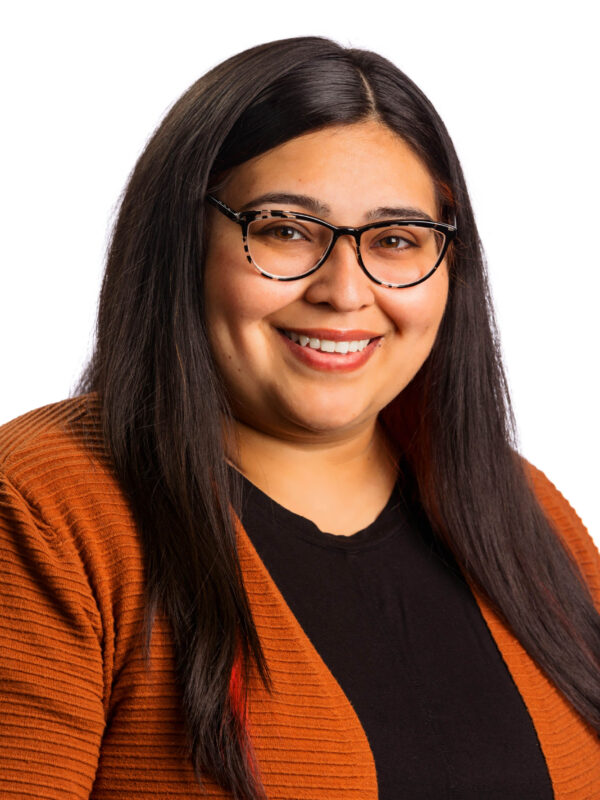Imagine dual enrollment classes as a special opportunity that lets high school students take college-level courses while still in high school. It’s like having a foot in both worlds – high school and college – at the same time.
These classes can be held at a local college, high school, or online, and they count for both high school and college credit. So, when students successfully complete a dual enrollment class, they not only fulfill a high school requirement, but they also earn college credit to use if they decide to attend college after high school.
In my previous position as Bilingual College Career Coach and now in my role as College Access Coordinator at CollegeReady, I am always talking to students about DE courses.
Are you ready to find out more about this great opportunity to jump-start your college career? Let’s go!
Earning college credit during high school is like getting a head start on a college education. Students can experience the expectations and challenges of college-level work while still having the support system and familiarity of their high school environment. Plus, it can save them time and money in the long run because students won’t have to take those classes again in college.

There are many benefits for students who choose to take college credit classes, regardless of what plans the student has for their future.
These courses can help with career exploration. Participants have the opportunity to see what dedicating their studies to a certain career field would be like, and often the class is taught by teachers in their high school who they are already accustomed to learning from. It makes sense that more experience would equal more confidence in choosing a career later on.
Students experience the rigor of college level classes. This allows them to be better prepared for class pace, workload, and expectations once they start college. Once they graduate from high school and enroll in college classes, there are even more benefits.
With an eye on the finish line, taking college credits in high school helps students earn their post-secondary degree quicker. Students are able to knock classes off their course list before they even enroll in college. As an example, one of my students last year graduated high school with 29 credits earned, simply by taking dual credit classes. That is an entire year of college credits earned before they even started college! They began college at a sophomore standing. Think of the time and tuition money saved!
College credits help with class placements when it is time to enroll at a college/university. Most post-secondary institutions prioritize course registration timeslots for students based on the number of college credits they have. By being allowed to register sooner than students with fewer credits, students with more credits may have a wider selection of college classes to choose from.
If a student is living on campus, earned college credit can help with housing placement. University housing is usually assigned by credits; more credits means students choose their housing sooner and improve their chances of getting the accommodations they prefer.

Vicki smiles with Shaelyn and Amanda as they complete the NEW Scholars college readiness program
While dual enrollment is an excellent opportunity, it’s also important for students to carefully consider their individual strengths, goals, and commitments before deciding to take dual enrollment classes.
Balancing academic challenges with personal well-being and a fulfilling high school experience is crucial for long-term success and happiness.
A few things to think about:

With these points in mind, students should discuss the options, time commitment and course rigor with their high school counselor to ensure the class is a good fit before enrolling.
Now that you know the basics of dual enrollment, let’s talk about the details.
While plenty of options for DE classes exist, know that not all of them are available at all schools. I’ll share information about some of the more widely available choices, but just keep in mind that they may be referred to or known by a different name in different school districts.
The first option is Advanced Placement (AP) classes. These are the most universally accepted classes, since they exist nationwide. These classes are taught by high school teachers, and the amount of college credit students earn from an AP class is determined by the results of the exam they take at the end of the course. Usually a score of 4 or 5 would earn college credit, a 3 will sometimes earn credit, and a 1 or 2 would not receive credit. AP testing is done at a national level, but are typically administered at a local university. While there are no fees for students to take these classes, the exam does have a cost associated with it.
Another option that exists in some schools is Dual Credit (DC) classes. These classes are also taught by high school teachers, however the classes directly imitates a class at the college the credit will be earned from. An example of this is English Composition 1, which is an NWTC class, taught by high school teachers at high schools in the Green Bay Area Public School District. The school district typically covers the cost of these classes, and the grade earned in the class correlates to the number of college credits a student earns, so there is no need to take an exam.

Vicki discusses college majors and career exploration with NEW Scholars students
College Credit In High School (CCIHS) is a program from UW-Green Bay involving high school teachers who are approved by the university to teach specific courses. Credits earned from these courses would be reflected on the high school transcript and at UW-Green Bay.
There are also programs specific to a certain college/university and these classes are taught by professors from that institution.
Finally, there are a few special programs with more specific eligibility or topics.
One example is the Rising Phoenix program at UW-Green Bay. This program gives students the opportunity to take classes at UW-Green Bay during their junior and senior year of high school, and while doing so, they earn credit that counts toward their high school graduation requirements AND they earn college credits. This pipeline program offers students the opportunity to graduate from high school with an Associate degree from UW-Green Bay.
Trade specific program opportunities also exist at certain schools, which are particularly good for students who know they have an interest in certain careers or fields of study.

After a student who was enrolled in DE courses graduates from high school, there may be a few additional steps to ensure their credits follow them to their chosen college/university.
A great question to start with is: Which school(s) has the student earned college credit from?
In the event that the student received credit from NWTC and plans to continue studying at NWTC, they are good to go! But if a student has credit from NWTC and plans to attend UW-Green Bay, they will need to share their NWTC transcript with UW-Green Bay to get those NWTC credits transferred.
PRO TIP: Each institution has its own transcript request process, but students should wait to request their transcript until final grades have been posted (usually in mid- to late-June after senior year). This avoids multiple requests, since there is typically a charge involved with ordering an official transcript.
Another question that many students have is how to know if the credits they’ve earned during high school will transfer to their intended college/university.
In both of those situations, Transferology is a great resource! After inputting the students’ intended college/university, Transferology will show exactly which credits and how many can be transferred from each DE course that student has taken. This is important because no one wants to enroll in (or pay for!) college credits that they’ve already earned! There are a ton of schools listed in the database and it is very user-friendly.
If you or your student are considering taking dual enrollment courses, there are a lot of people available to help!
The great news is that your starting point is easy to find: Your high school counselor is the best person to ask for assistance and information. School counselors can help students determine which classes to take and how to enroll, and they typically have great connections with the institutions that provide the college credits.

Additionally, students can go directly to the colleges/universities for information – both the school offering the credit and the school they would like to attend.
College Admissions Counselors are excellent resources, and not just because they often visit high schools to meet directly with students. They also answer questions relating to admissions and enrollment, and can easily help you connect to additional information or resources as needed. Students can find their admissions counselor by Googling the school and admissions counselor. Usually these admissions counselors have assigned schools/territories, so be sure to research and find the representative for your area.
Another great person to talk to is the Career Center Coordinator at your high school, since they likely can put you in touch with the correct contacts at each college/university.
Green Bay Area Public School District students also have access to Career Coaches, who are connected to local colleges/universities and have a wealth of knowledge about all of these processes! You can find out more about this in your high school student services office.
While this post covered a lot of information, we hope you learned more about the options that exist for students, including the benefits, pros/cons, and next steps for students who are considering taking dual enrollment classes.
Ultimately, even if a student only takes one class with college credit, it is a big accomplishment and definitely something to be proud of. For college-bound students, dual credit courses are a perfect way to set themselves up for success toward earning a post-secondary degree!

Vicki Villarreal is the College Access Coordinator guiding NEW Scholars students through high school and into college. In her former role as a Career Coach at UW-Green Bay, she worked one-on-one with seniors in the Green Bay Area Public School District to help them finish high school strong and set them up for success in college. Vicki considers herself a professional big sister to the students she helps, after many years of experience being an actual older sister to her 2 siblings.
Outside of work she enjoys watching movies, traveling, and going to concerts with her youngest sister!
We're delivering news & updates from CollegeReady - right to your inbox!

